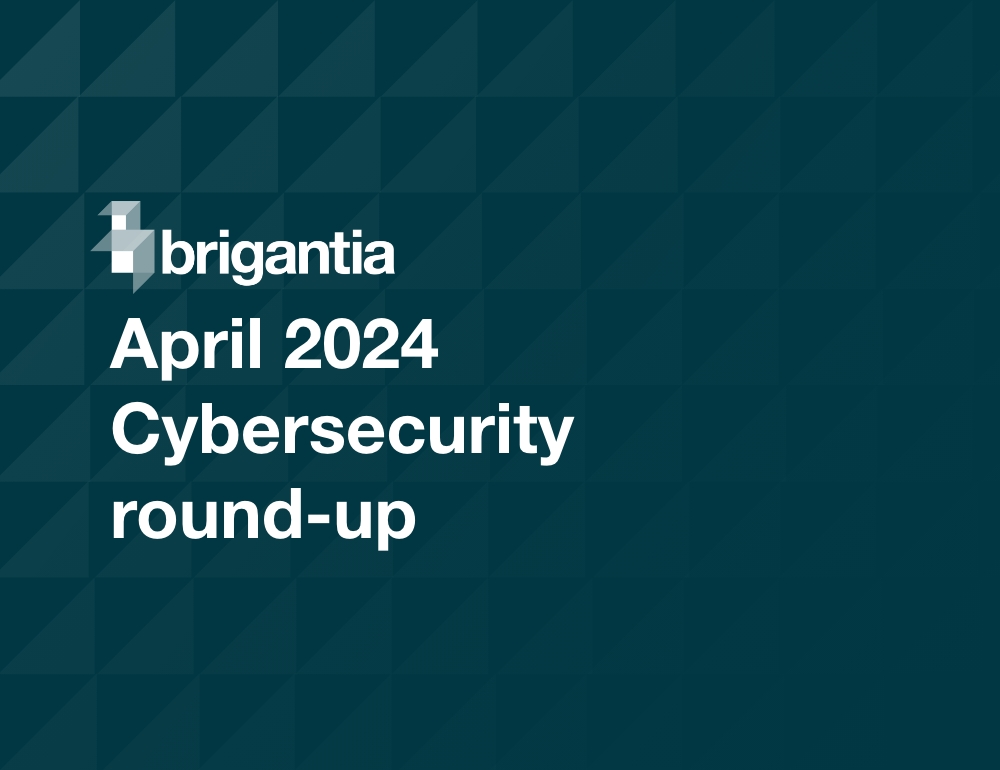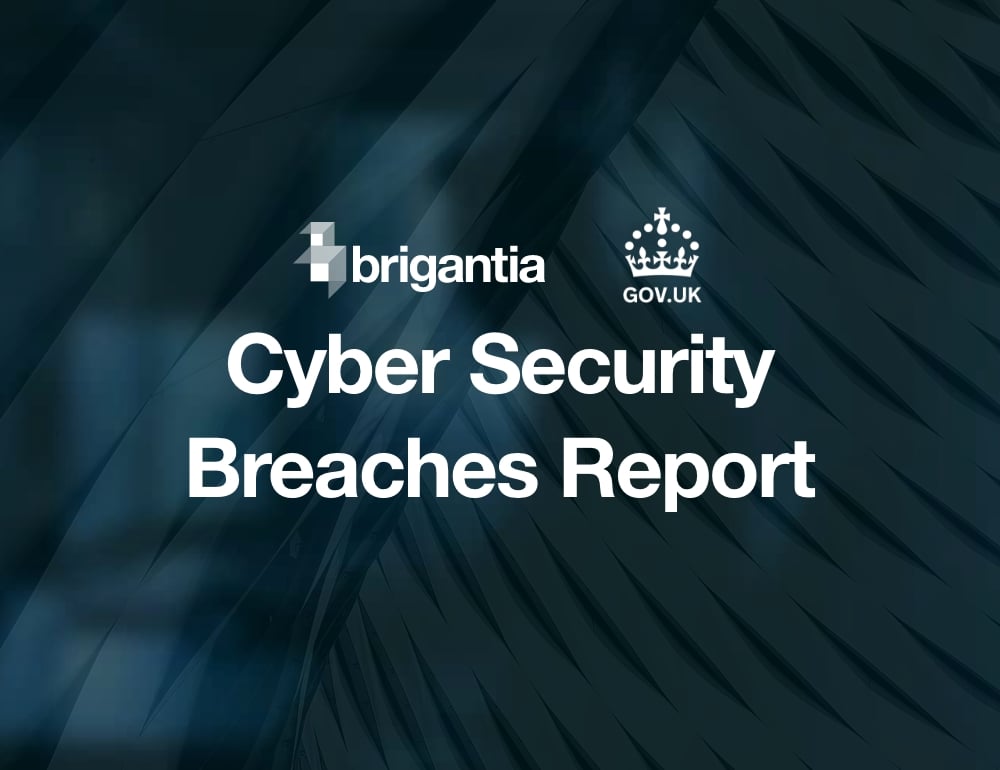Cyber threats have been a menace since the advent of computers and networking. With an ever-increasing amount of our lives being conducted online, these threats have matured both in complexity and impact. From the harmless pranks of the early viruses to the nation-state sponsored Advanced Persistent Threats (APTs), let’s have a look at a bite sized potted history.
1. The Dawn of Malware:
1980s - Early 1990s: The term "virus" in the context of computing was coined in the early '80s. These were mostly harmless and designed to display messages or pranks. The likes of Brain, the first PC virus, simply attached itself to floppy disks.
2. Rise of the Internet and Worms:
Late 1990s: As the internet became more accessible, we witnessed the rise of worms - malware that could spread across computer networks. The infamous Morris Worm in 1988 was one of the first to gain significant attention, causing considerable slowdowns across the nascent web.
3. Botnets and the Monetization of Malware:
Early 2000s: Cybercriminals saw potential for financial gain. The creation and control of botnets—large groups of compromised computers—led to Distributed Denial of Service (DDoS) attacks. Malware like Conficker provided a taste of how malicious software could spread and monetize by stealing personal information.
4. Social Engineering and Phishing:
Mid 2000s: As computer security improved, attackers turned to the weakest link: the user. Phishing emails tricked users into providing sensitive information, leading to identity theft and financial loss.
5. Advanced Persistent Threats (APTs):
Late 2000s to Present: APTs are long-term targeted attacks, often backed by nation-states, focusing on espionage, data theft, and sometimes sabotage. Notable examples include Stuxnet, which targeted Iranian nuclear facilities, and the North Korean-backed Sony Pictures hack.
6. Ransomware: A New Age Threat:
2010s: Ransomware attacks, like WannaCry and NotPetya, encrypt victims' data, demanding a ransom to unlock it. These attacks brought major corporations (such as Maersk) and healthcare facilities (such as the NHS) to their knees.
7. AI-driven Attacks:
2020s: With advancements in artificial intelligence, we're now seeing very convincing deepfake social engineering attacks. To say that this makes detection and mitigation even more challenging is something of an understatement. Looking forward, the potential evolution of this kind of attack is truly scary.
8. Supply Chain Attacks:
Late 2010s - 2020s: These sophisticated attacks target vulnerabilities within the software supply chain. The SolarWinds attack in 2020 is a prime example, compromising thousands of organizations globally.
The journey from basic viruses to what we see today emphasises the adaptive nature of cyber threats. As our dependence upon online infrastructure grows, the stakes become ever higher. It's a continuous race between cybersecurity professionals and cybercriminals. While this evolution might seem intimidating, it clearly demonstrates the importance of proactive defence and continuous learning if we want to not fall victim to such threat-actors.






